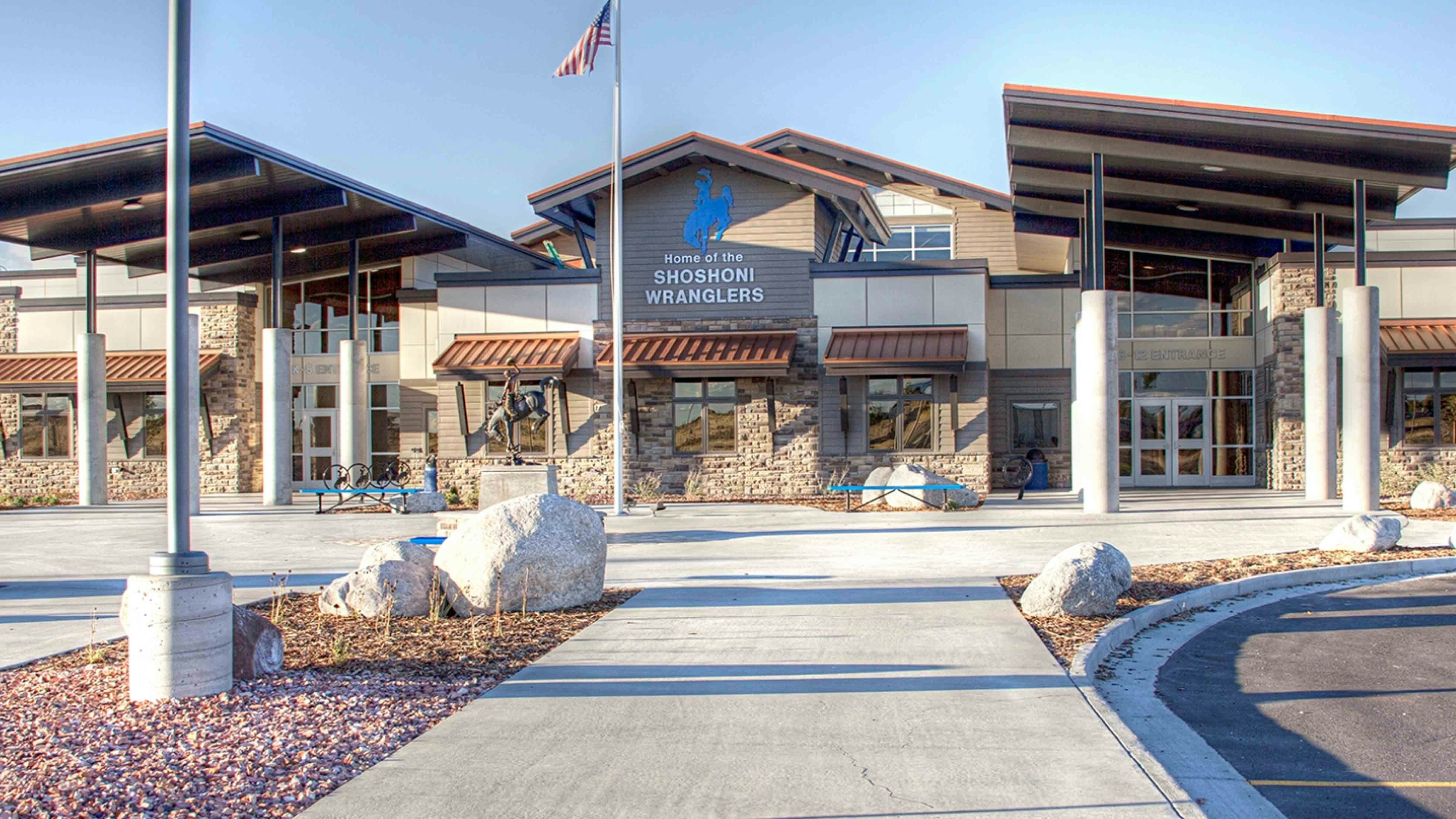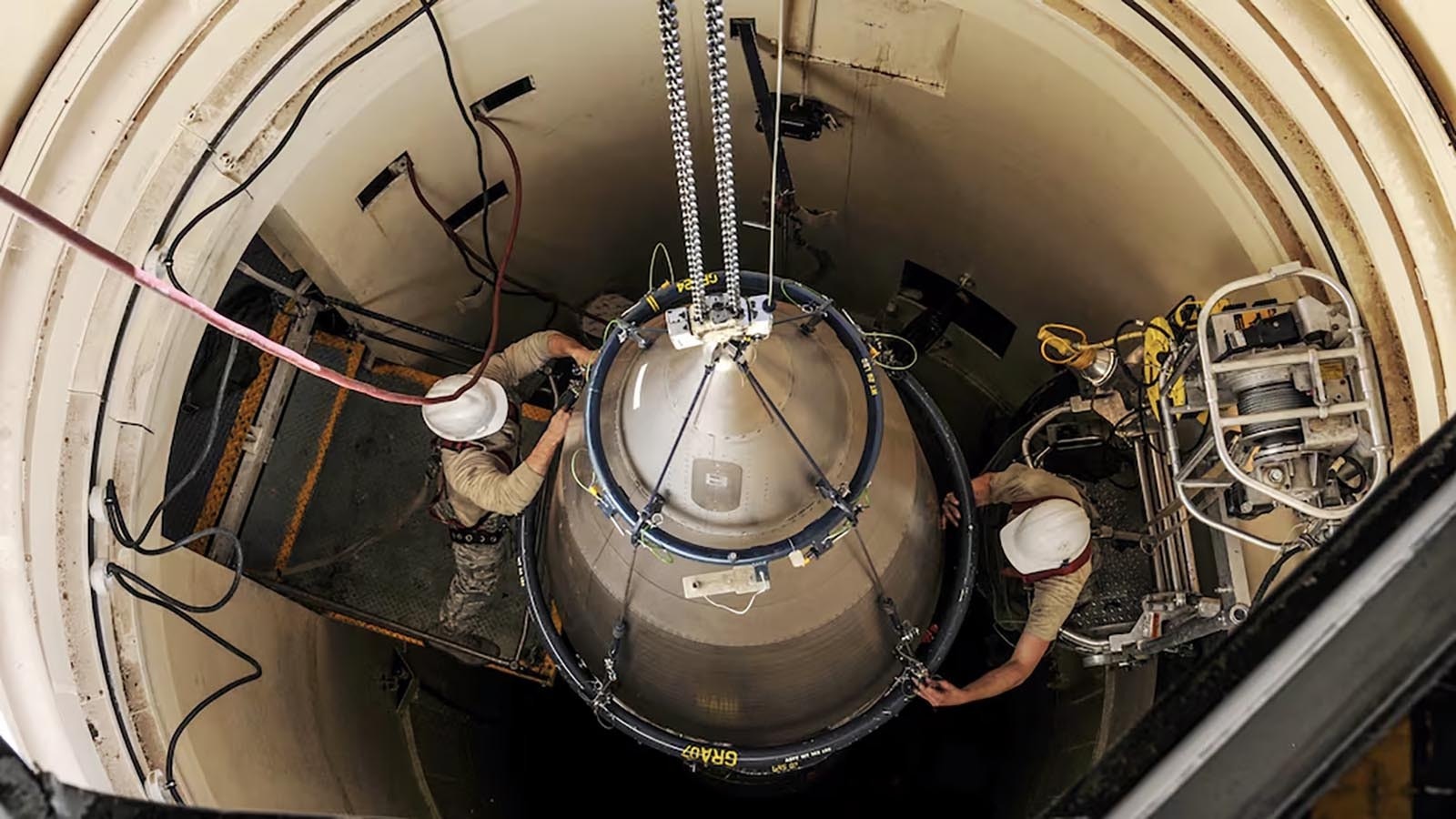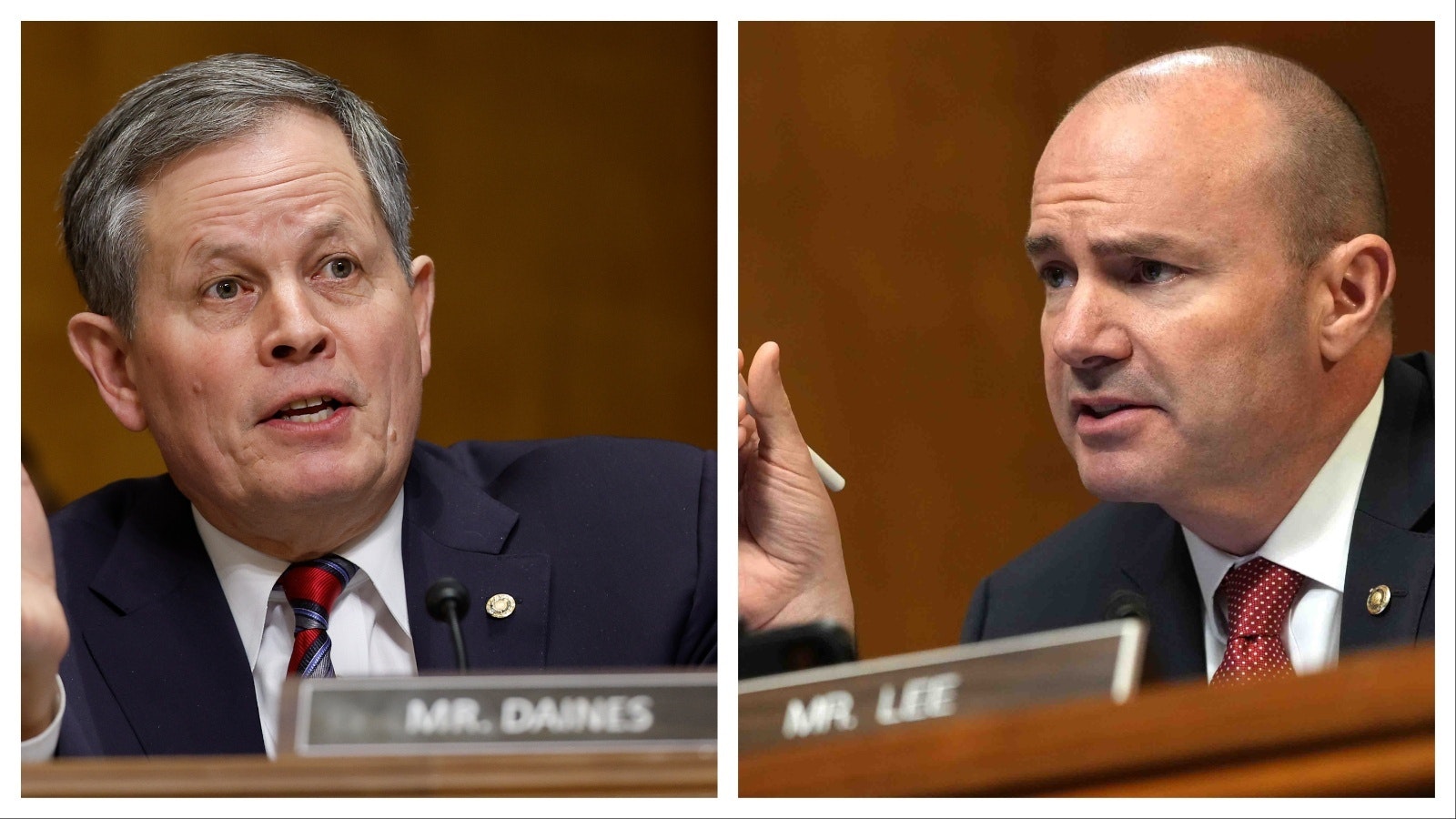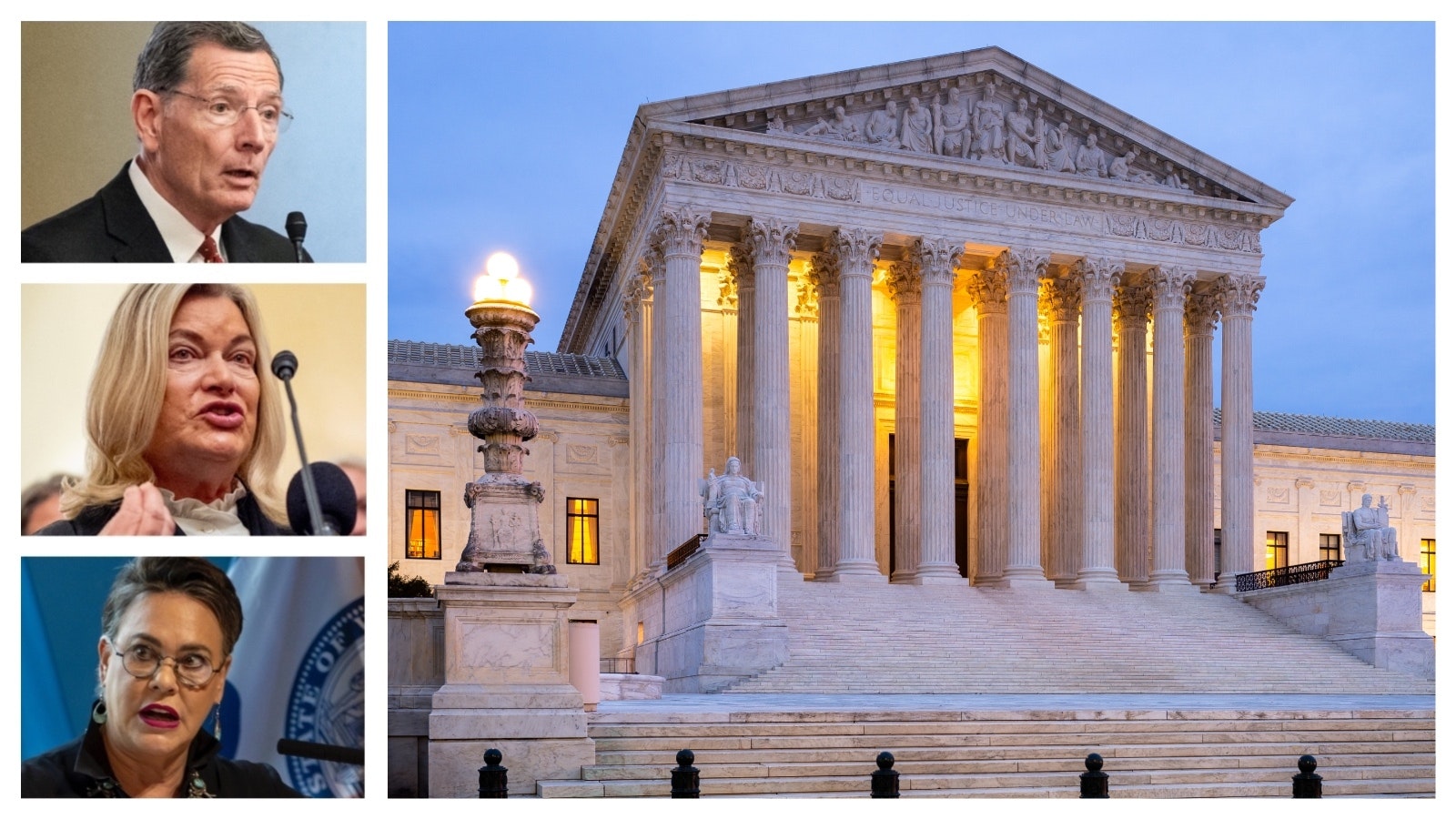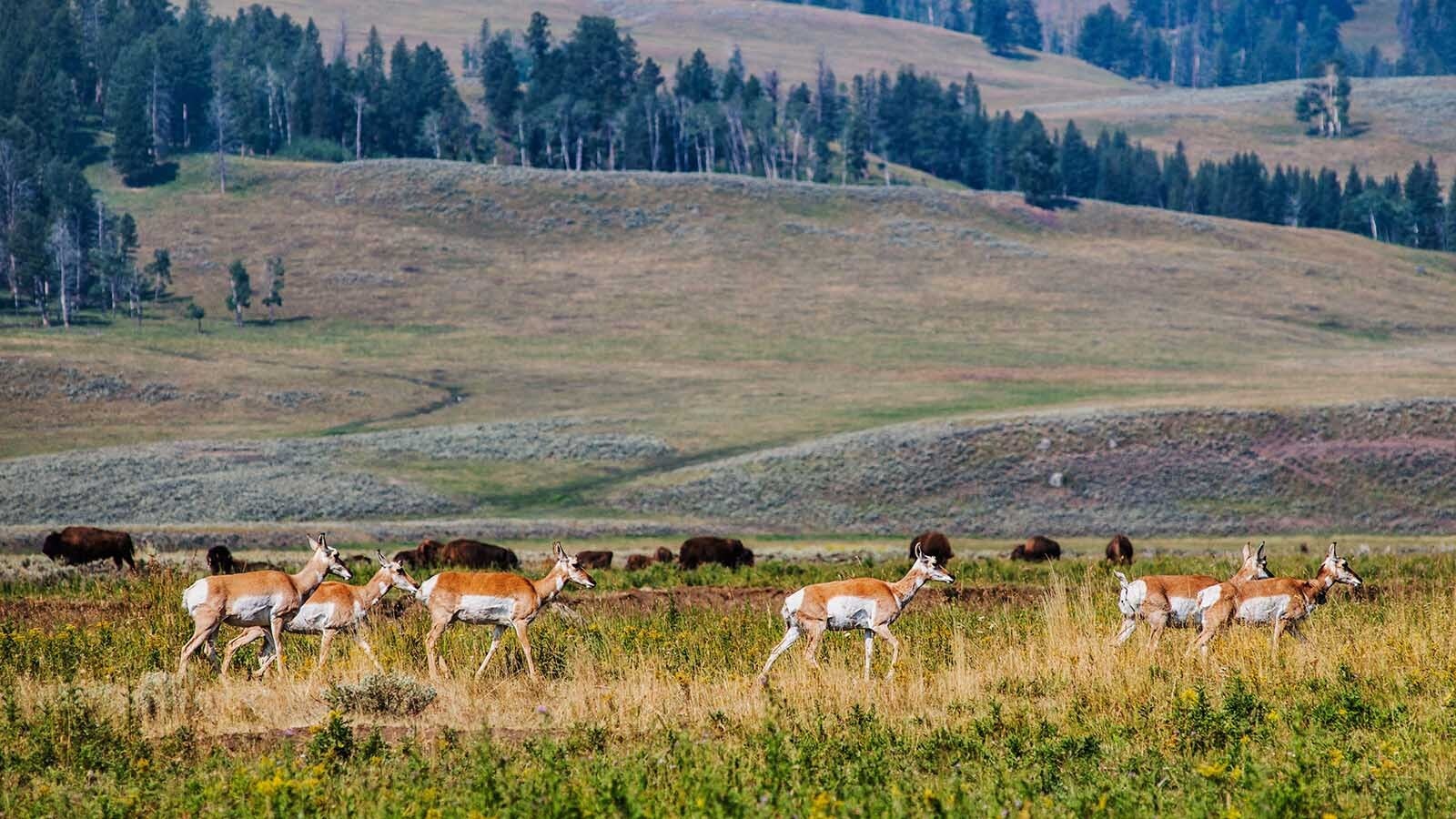Taking inflation out of the equation, Wyoming’s operational costs for schools have tripled, at least, in the last 40 years.
The operational cost for Wyoming education from kindergarten through 12th grade in 1983 was $243,883,675. That number doesn’t include new buildings and major renovations.
This year, Wyoming is spending an estimated $1,583,230,000 on school operations — six-and-a-half times as much as the state spent 40 years ago.
Though Wyoming’s population has increased by about 73,000 people over that span, the K-12 enrollment has gone down by about 10,000, from 101,665 school kids in 1983 to an estimated 91,640 school kids in 2023, according to the Legislature’s data.
That means that while the total expense for education has grown to six-and-a-half times its 1983 figure, the cost per student has gone up to about seven times its 1983 figure. Wyoming spent $2,399 per student 40 years ago, compared to an estimated $17,313 per student this year.
OK, But What About Inflation?
A person’s dollar now has a third of its 1983 buying power, according to the U.S. Bureau of Labor Statistics Consumer Price Index Inflation calculator.
For $3.06 now, a buyer can buy what would have cost $1, four decades years ago.
The calculator averages consumer price data for all items across U.S. cities.
Here’s The Duty
Had Wyoming kept pace with inflation alone, education costs would have roughly tripled over the past four decades.
But they multiplied by roughly seven times instead.
Two University of Wyoming economist professors noted the impact of a series of lawsuits known as the Campbell cases, by which the judicial branch upheld education as a fundamental right in Wyoming and called upon the Legislature to fund it completely and uniformly. That’s its paramount priority under the Wyoming Constitution, the court has ruled.
“The Legislature takes that ‘paramount priority’ thing pretty seriously,” Dr. Anne Alexander, assistant dean of the UW College of Business, told Cowboy State Daily in a Friday email. “During budget downturns, they will cut K-12 absolutely last and the least.”
‘Rising Tide’
Dr. Robert Godby, associate professor for UW’s Department of Economics, noted that the Campbell cases emphasized uniform education opportunities across districts.
The Legislature gives each district a block grant based on enrollment, at $17,313 per student, to spend as the district needs. But the state tweaks those block grants with regional cost adjustments, which adjust for quirks like the chasm between cost of living in Niobrara versus Teton counties.
The goal is to give students in every county the same opportunities, which the courts call a “basket of goods.”
“In 1983,” said Godby, “the state may have differed by district much more than it does today.”
The mandate of uniform funding had a role in driving education costs up, he added. Wyoming launched an effort to catch up the districts where education money hadn’t flowed as freely before.
“This effort created a rising tide across districts and came at a cost of dramatically greater funding,” Godby said.
Here’s Your MacBook
Both Godby and Alexander pointed to how different classrooms are now. Some students are learning to computer code. A lot of learning revolves around technology. Special education and other services have modernized.
Godby called it educating for the 21st century.
Alexander noted that tech costs have gone down over the past 40 years, but the volume of tech gadgets has skyrocketed, making them a big part of education.
“I would speculate that what constitutes ‘needs’ has changed a lot over time and thus have contributed greatly to the cost escalation,” said Alexander.
She said other new needs, like commercial-grade kitchens for culinary arts and various facility requirements, have likely driven up costs as well.
Come Teach Us
Godby said Wyoming’s efforts to pay its teachers better accounts for part of the increase.
Wyoming teachers in 1980 had an annual salary of $16,012, according to the National Center for Education Statistics. Adjusting for the national inflation rate, that would be about $59,187 today.
Business.org now ranks Wyoming’s teachers 12th for pay, with an average salary of $60,357.
But, Godby said, the cost of staff benefits has gone up “significantly, and at a rate greater than inflation as well.”
But What Do You Need?
Wyoming schools’ costs, not their results, drive their funding.
The state’s House Speaker Pro Tempore Rep. Clark Stith, R-Rock Springs, said the system is causing the payout to snowball and is “pretty screwed up.” The funding system may deter schools from identifying ways to drive the public’s expenses down, he said.
Stith clarified that he supports generous school funding, but he believes the Legislature should have more leeway to determine what its schools need than the judicial branch now gives.
“What other organization measures success by how high its expenses are?” asked Stith. “Only Wyoming K-12 does that.”
In a recent recalibration analysis, consultants helping the state determine its education costs interviewed district staffers and compiled a “wish list” that contained, among other things, a pronounced need for an iPad for each second grader, Stith said.
“So I think the whole methodology of having the Legislature hire a consultant, and once the consultant gives that report, that suddenly becomes gospel and we must fund whatever the consultants say, is not a rational way of doing K-through-12 funding,” he said. “It leads to funding that is not really under the control of the Legislature.”
Stith favors the more competitive model of school choice: offering different schools to students in the same district. But he said he doesn’t want to cast aspersions on the school districts’ successes. He noted that Wyoming outperformed many - and in some cases all - other states on a recent national test after its schools reopened quickly during the COVID-19 pandemic.
Cuts Hurt
Rep. Landon Brown, R-Cheyenne, told Cowboy State Daily the state could cut costs if it wanted to remove something from the “basket of goods,” the educational opportunities it offers to kids. But lawmakers are generally reluctant to do that.
Brown said the state could also save more money if it had a better idea exactly how school districts spend all their grant money. That would give a picture of districts’ actual needs.
But micromanaging schools’ spending to that extent also interferes with a key value among Wyoming lawmakers: letting local entities control their own governance, he said.
As for districts being less or more efficient, Brown said he’s seen districts vary in that regard.
And We’re Getting Sued
Brown said the Legislature sent a message some found alarming when it did not adjust for its most recent recalibration analyses. The last adjustment was in 2015, he said.
“We have an obligation to cost that out,” said Brown. “We haven’t done that. We’re just saying the (overall) cost of education hasn’t changed since 2015. That’s the Legislature’s stance, in essence.”
It doesn’t necessarily lead to education being underfunded, but it could give people the impression that education is underfunded, Brown said.
And it has done that: The Wyoming Education Association and a handful of schools sued the state last year, alleging that the state has breached its constitutional duty and is underfunding the schools.
However, Brown and Stith both noted, the Legislature has made adjustments for inflation along the way, though it hasn’t had a recalibration cost overhaul in education since 2015.
The Wyoming Legislature approved an extra $70 million for its schools this winter, and distributed that money July 1, Stith said.
Wyomingites Content Though
Godby said recent surveys of Wyomingites have indicated that state residents don’t want to see education cut, but don’t necessarily want to add to school funding either.
“So possibly people in Wyoming think the current levels of funding are sort of a Goldilocks outcome,” Godby wrote. “It would appear that there is broad public support to maintain (the current school payout). Now whether we could do more with that (funding) or not is an open question.”
Clair McFarland can be reached at clair@cowboystatedaily.com.

